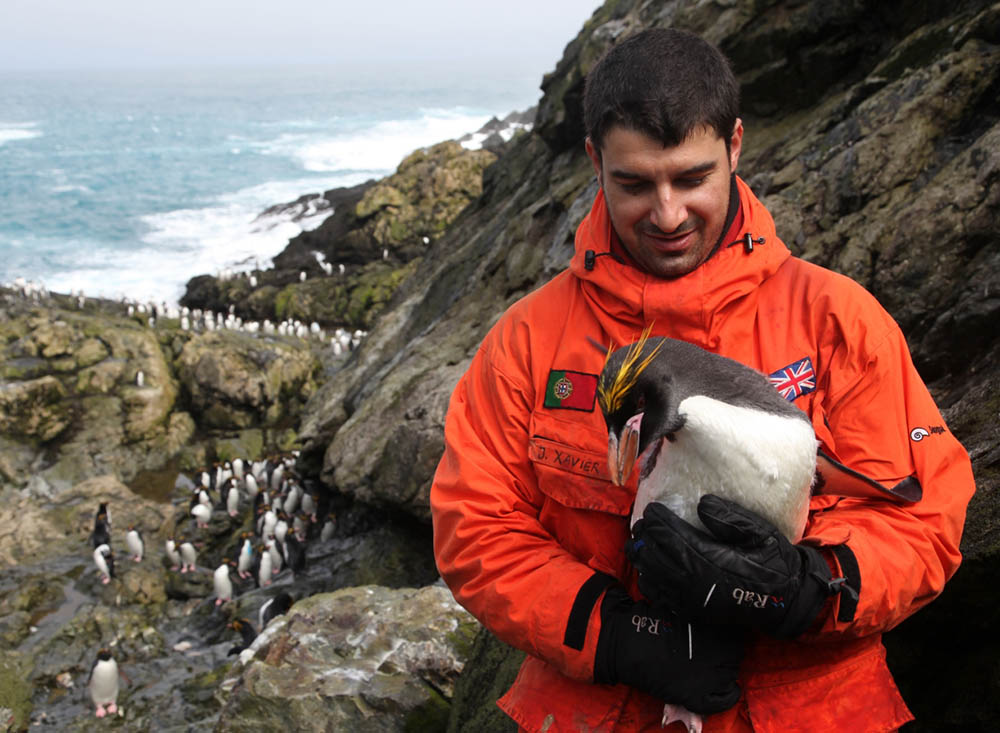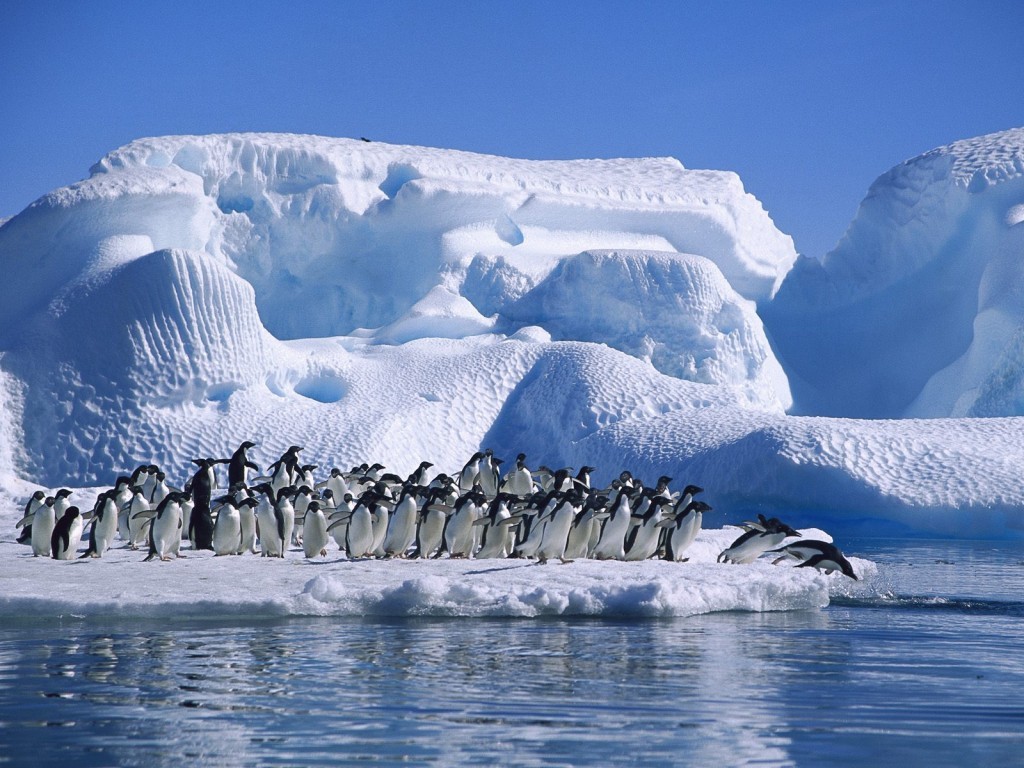 Portuguese scientist José Xavier, who will leave in a few days for his eighth expedition to Antarctica, explains how his passion for this apparently desolate part of the planet began and challenges us to accompany him. Even if it is virtually.
Portuguese scientist José Xavier, who will leave in a few days for his eighth expedition to Antarctica, explains how his passion for this apparently desolate part of the planet began and challenges us to accompany him. Even if it is virtually.
It must have been about five or six years old. My first idea of Antarctica was from a far, far away place. A very cold place where only a few animals like penguins were able to survive. Like? I had no idea.
The first images that came to my mind were of giant icebergs in the middle of the sea, with the penguins all close together trying to escape a big storm, without seeing a soul around.
Really, if it's so cold, why would anyone go there? It never occurred to me, at age twelve or thirteen, that a decade later I would be on my way to Antarctica for the first time, and that I would enjoy Antarctic summers, with temperatures around zero degrees Celsius, as much as my summers in the childhood and adolescence, much hotter, spent in Portugal by the sea.
My going to Cambridge University, UK, opened my eyes to this region. At that time, all the polar scientists I came across seemed crazy to me (in the good sense of the word, if you know what I mean).
“Is it really necessary to go more than two weeks to Antarctica? After a day or two won't everything be seen?”, I found myself thinking.
After a few weeks, the enthusiasm of the scientists around me had infected me. Without hierarchies, fascination for Antarctica and polar science was breathed into the corridors of the Institute at all hours of the day.
Scientists were professionals, very dedicated to their work and excellent at everything they did. A year after I was in Cambridge, I was asked if I would like to go to Antarctica and how long I wanted to go. And I answered both questions without hesitation: “Yes! As long as possible!”
My first impression of Antarctica, which I collected in 1999, was surprising. I realized how different Antarctica was from the idea I had as a child. When I arrived there for the first time, I realized that the region was overflowing with life, contrary to what I had supposed.
On the coasts of South Georgia (which lie in the waters of the Southern Ocean, more than 1500 km southeast of the American continent), I always found myself surrounded by countless penguins and seals in the water, flown over by albatrosses that circled elegantly. in the air, all these animals possessing many colors (there was much greener than I had thought!).
I am now about to go on my eighth Antarctic expedition, which starts this next week. This expedition is part of the PELAGIC project, which aims to assess the presence of heavy metals in the Southern Ocean.
Why is this important? Because in this region it is estimated that there is little pollution, but a study by our team showed that traveling albatrosses, which live in Antarctica, are the vertebrates with the most mercury in the world (for those who don't know, excess mercury is harmful to health ).
So where does this mercury come from? And what other metals are found in the animals that live there? That's exactly what we'll be studying: collecting samples along the entire food chain, from algae, through crustaceans, fish, squid and top predators (such as Antarctic suckers and penguins) to assess the amount of heavy metals in the marine food chain of the Southern Ocean.
We will go to a particularly interesting region of Antarctica, the South Orcadas Islands. There, there is a lot of interest in terms of fisheries, the establishment of marine protected areas and knowledge of the biology of little-known species.
Want to share the experience with us? It's just a click away...
Author Jose Xavier
Science in the Regional Press – Ciência Viva



















Comments